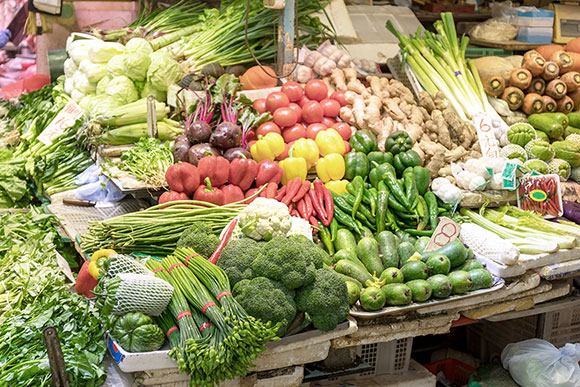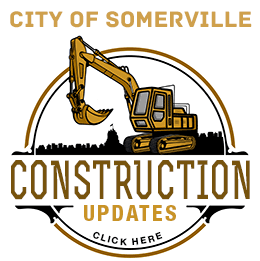
As we end a record year for inflation, Massachusetts residents’ budgets are stretched tight. What many may not realize is how SNAP benefits can provide significant relief for families during the holiday season enabling them to allocate more of their food budget toward festive meals and shared experiences across the Commonwealth.
At its most basic level, the Supplemental Nutrition Assistance Program (SNAP) makes it possible for people to purchase the food they want, where and when they choose. SNAP is the largest of the federal assistance programs and provides ten times the amount of food as food banks. It’s designed to expand with need through a pre-established distribution network, retail grocers. However, lesser known is how enrolling in SNAP also automatically assures residents’ eligibility for other benefits, including discounts for the MBTA, select cultural institutions and shows, utilities, education, and childcare programs, all of which can help to offset holiday costs.
“When residents think of SNAP, the first thing that often comes to mind is the program’s former name, food stamps,” says Khara Shearrion, Senior Director, SNAP Outreach Programs at Project Bread, the leading statewide food security organization that operates the FoodSource Hotline connecting residents to nutrition support, like SNAP. “Not only does this lifesaving resource give residents the purchasing power to shop for healthy, culturally relevant and kid-friendly foods where and when they choose, but it also offers additional savings for residents to focus on other aspects of their lives, from getting to and from a job, to pursuing an education to exploring the Bay State’s arts and culture scene. We want residents to know that when you enroll in SNAP for nutrition relief, you access so much more.”
As of July 2024, more than a million people – over 1 in 7 residents – in Massachusetts use SNAP. Nearly 1 in 4 households are using SNAP, and 68% of those households have a gross countable income of less than 100% of the Federal Poverty Level. Not only does SNAP fulfill the immediate need for food for many families living below the poverty line, it also puts money back into the economy for all Mass. residents. Every $1 of SNAP benefits generates at least $1.50 in economic activity, which supports local communities and creates jobs. There are over 5,000 retail establishments across the Commonwealth that accept SNAP and have more regular hours than food pantries.
Here are some additional ways in which SNAP benefits can help Massachusetts residents save:
- Utilities – as heating bills rise this winter, SNAP users can access savings on gas & electric bills, as well as internet service.
- Admission to Museums – when kids are out of school and residents need something to do as a family, exclusive discounts can help make group outings possible.
- Entertainment – similarly, individuals and families can catch a discounted holiday favorite show at places like ArtsEmerson, Boston Ballet, Boston Symphony Orchestra and more.
- Transportation – SNAP recipients ages 12-25 may be able to use their benefits to purchase MBTA Youth Passes.
- Winter Farmers Markets – SNAP users are eligible for the Healthy Incentives Program (HIP) which offers additional funds to purchase fresh fruits and vegetables at markets supporting local farmers.
“SNAP is the fastest and most efficient resource that we have that provides people with money to purchase food,” says Shearrion. “Unlike food banks, SNAP does not rely on charitable donations, so it is a sustainable solution to help people afford enough to eat. Anyone who is eligible for SNAP benefits will receive them. There is no limit to how many folks can utilize for the program therefore you do not take away from others by enrolling.”
People experiencing food insecurity should call into Project Bread’s toll-free FoodSource Hotline (1-800-645-8333), which provides confidential assistance to connect with food resources, including SNAP benefits, in 180 languages and for the hearing impaired. The Hotline currently serves as the resource recommended by the Massachusetts Department of Transitional Assistance and Department of Elementary and Secondary Education for residents seeking help with food access. For more information, visit: www.projectbread.org/get-help
— Project Bread















Reader Comments